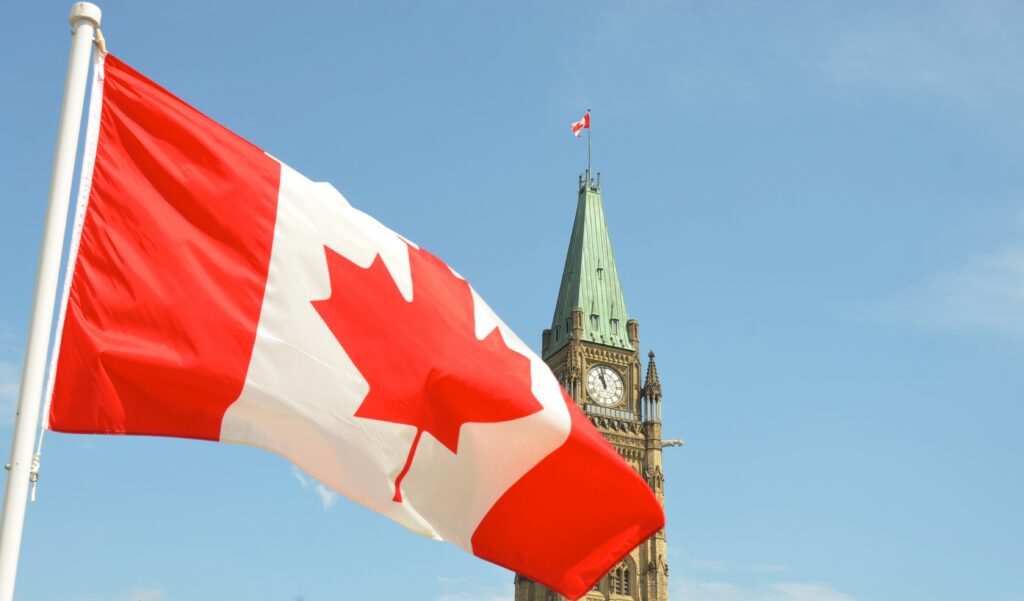Doug Kreviazuk, Executive Director, Fintechs Canada, June 25, 2020
A little more than a year ago, the fifth largest bank in New Zealand, Kiwibank (government owned) announced that they would no longer accept cheques nor issue cheque books to their clients, effective February 28, 2020. Given the similarities, is it time for Canada to follow this lead?
At that time, the Kiwibank CEO, Steve Jurkovich, stated that the cheque industry had come to a tipping point and they had “chosen not to invest in a shrinking service and outdated technology, instead we’re moving forward and equipping customers for a world that is increasingly digital.” Kiwibank’s decision was, at that time, based on data showing that cheques in NZ represented only 1 percent of the total payment volume in the country.
This was a bold move, not just for a government-owned institution but for any bank. Surprisingly, there was limited reaction from the public or the competition authorities to this announcement. Generally, these decisions bring with them a first-mover disadvantage for the lead financial institution. Many times, these difficult but necessary decisions are delayed or set aside, despite the fact that consumer welfare continues to be adversely affected. Strong leadership was required to respond to these market failures. This was the right move for New Zealand and one that has been warranted across many other jurisdictions, including Canada, for some time.
With the emergence of Covid-19, there came a real fear of handling or processing paper payments, and at that moment the public’s demand for electronic payments began to skyrocket. Payments data recently released by Payments Canada clearly shows a trend toward digital payments and greater willingness among consumers to adopt these new payment technologies at the expense of paper currency and cheques.
Clearly, the current pandemic is a catalyst for change in the payments system and now is the time to seize the opportunity to enhance the efficiency of the national payments system. Now is the time to finally part ways with a legacy payment item that is more than 400 years old.
In New Zealand, cheques represented approximately 1% of the total volume of payments made in the country. By comparison, Payments Canada reported that cheques and paper payment items represented 3.2% of all payments in 2018, declining at a rate of some 9% per annum. At some point in time (which may already be behind us) the cost of supporting the cheque industry (i.e., their production, issuance and processing) ends up costing Canadians more than the emerging electronic alternatives.
Most recently, the Bank of New Zealand, the country’s second largest bank, similarly announced their decision to withdraw from the cheque business commencing July 2021, opening the real possibility that few banks will continue to offer paper cheques, or the cheque will finally cease to exist.
So why can’t the same occur in Canada? Canadians are increasingly connected to the internet. In 2019, Statista Research estimated that Canada had approximately 34.56 million internet users, offering online services to 98.6% of the Canadian population. With this near ubiquitous access, virtually every person in Canada has easy access to the array of on-line banking tools to conduct their financial affairs.
According to current Canadian Bankers Association data, 9 out of 10 adult Canadians reported using online banking in the last 12 months alone. We are well beyond a tipping point to justify this move.
Will the discontinuation of the cheque be an inconvenience for some? Yes, but the move toward a fully digital banking environment will help facilitate a continuous flow of new products and services for Canadians. Canadian data also indicates that this transition is likely to be felt more by the business community (i.e., small to medium-sized) than by consumers, yet many of the arguments for maintaining the cheque are focused on consumers. Reluctance to a move that would see a reasonable, systematic and orderly elimination of the paper cheque from Canada’s payments ecosystem could well be construed as a political decision devoid of economic merit.
As in New Zealand, this type of change required leadership to do what is right. Maintaining legacy products, services and infrastructure beyond their best-before date serves little interest. Canada’s payments industry has clearly documented that Canadians issue cheques most frequently to pay rent, send money to family/friends and remit donations to charities, payment activities for which Canadians already have several safer and less costly payment options. What seems to be missing is the will and a clear transition plan for the removal of the cheque. As a great first step, the Government of Canada and Payments Canada can lead in ushering in a new, paperless payments system with a firm commitment to eliminate the over 30 million federal government cheques currently being issued annually in Canada.
After some twenty years of dying a slow and inevitable death, the cheque should be retired and placed in the Bank of Canada’s Currency Museum alongside tarnished coins and playing cards (circa 1685), and make room for the emerging alternatives.



